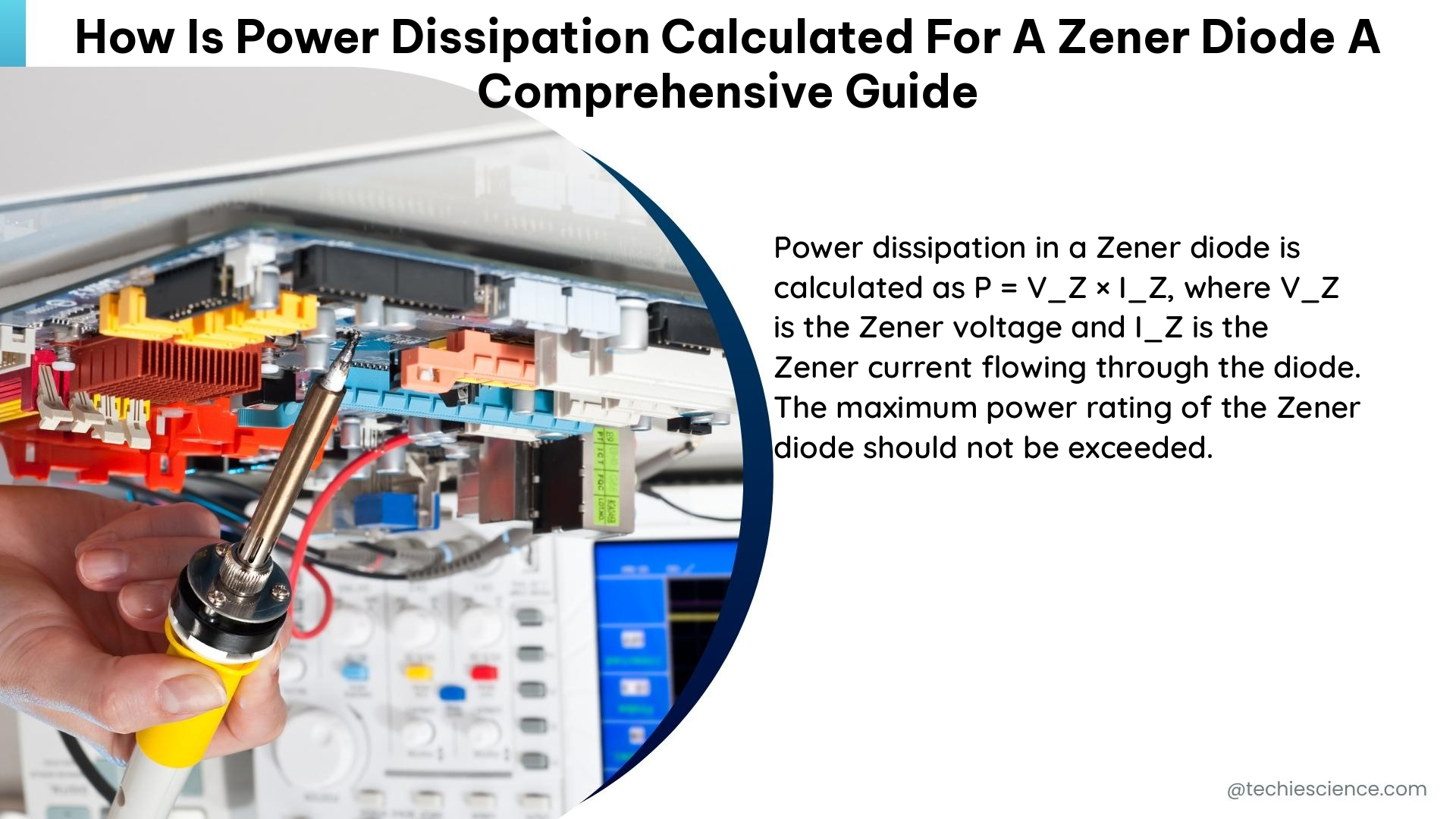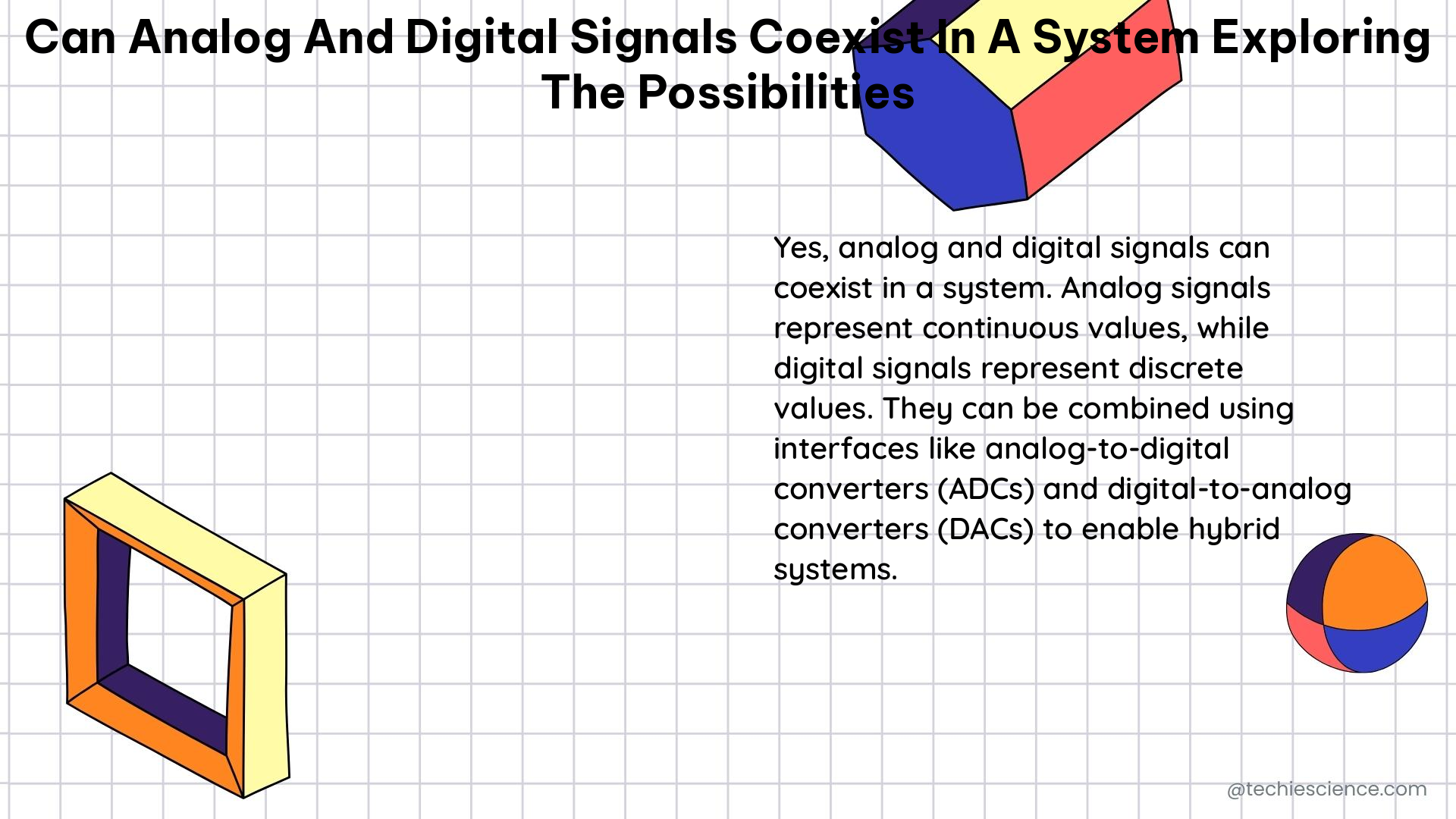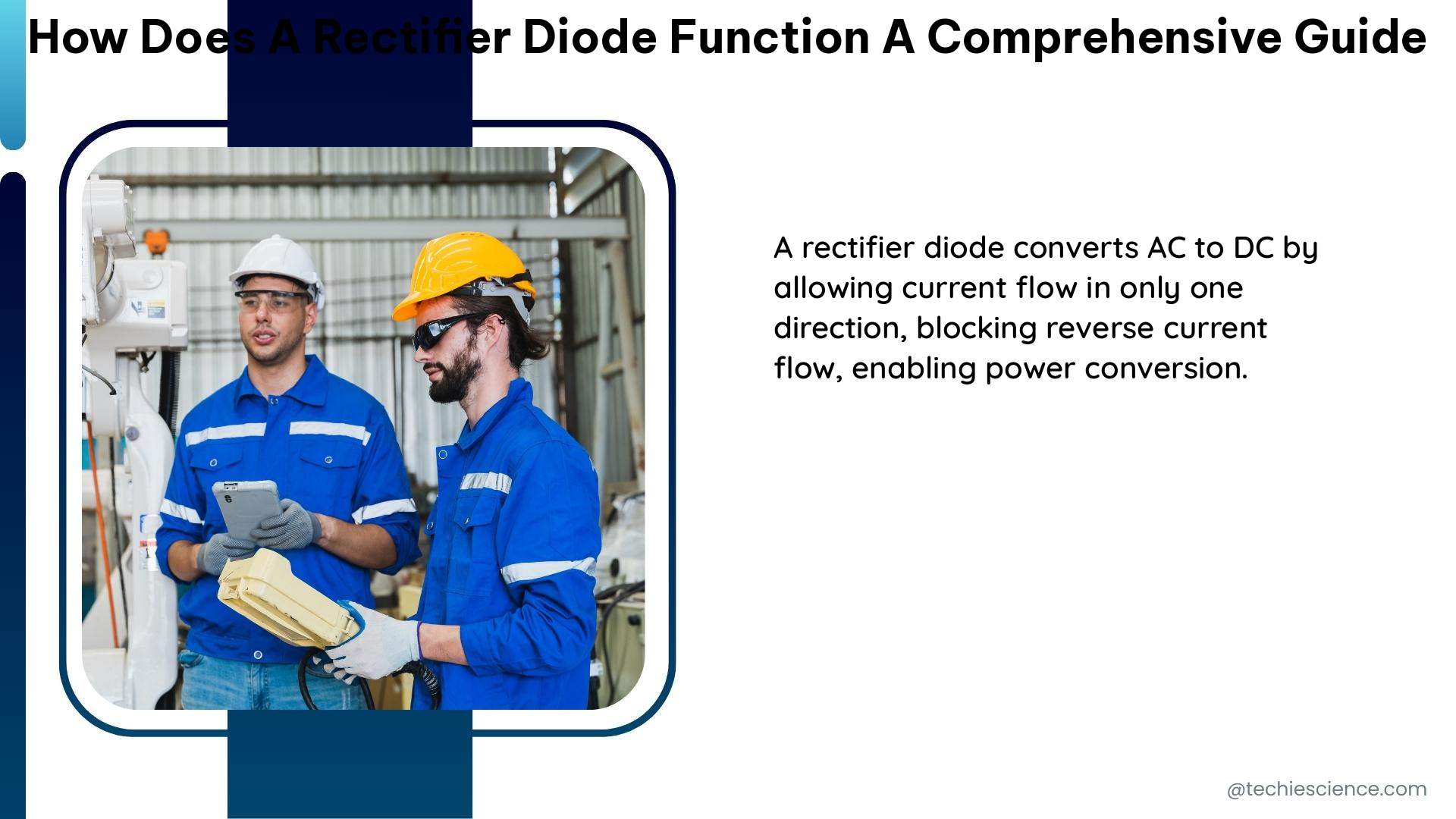Comprehensive Guide to Logic Gate vs Memory Device Distinctions
Logic gates and memory devices are two fundamental components of digital electronics, each with distinct functionalities and specifications. While logic gates are the building blocks of digital circuits, performing basic logical operations, memory devices store data and information, which can be either volatile or non-volatile. Complexity Logic gates are more complex in design and operation … Read more









